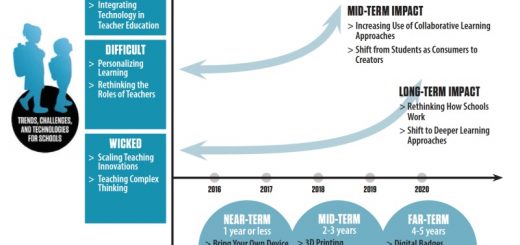Membuat Makalah yang Bagus
The purpose of this editorial is to provide guidance to EJM authors about the structure and presentation of manuscripts that are likely to be insightful and that will probably provide contributions to knowledge. 
I found this article really interesting to share. Here are some key points:
1. Failure does not ever really stop – no matter how many times you publish you still also get rejected plenty of times!
2. One thing, which may be helpful is to think of the reader when you write; the aim you have is to lead them to a particular destination. You must consider what that destination is, and how you will get them there.
3. The introduction has a pivotal role, as it needs to engage the reader with the manuscript’s content, and convince the reader about the value of its contributions.
4. It needs to concisely justify what was done and why it is important that this was done.
5. Often this is missing in a manuscript, or the reader is simply told by the author(s) that “ this is interesting”, or that “research has not been done in this area”. Of course, the latter is very often true, but alone this is not a reason for conducting the research project, nor of reading it for any other reason than general interest.
6. Yet too often introductions are too long and tend to ramble, the rationale is obscured, or the reader gets bored, or the authors lose sight of their objective. Such issues are often the result of authors’ lack of confidence in their work as much as a lack of ability to get their points across.
7. If the authors are aware of, and confident in, their contribution, the introduction is usually concise and clear.
8. The research questions must be clear and well argued in their justification, and be appropriate as objectives, propositions, hypotheses, or models.
9. Very commonly the reasons for adopting a particular method are not well argued. good reviewers recognise that there are always some limitations in the research methods that we employ, but it is the duty of the authors to demonstrate appropriateness of their method, given the research questions that they have developed.
10. The results section should be engaging as it provides the initial answers to the research questions, yet it is often extremely dry
11. The analysis results should be clearly reported. In many cases this section is one of the hardest to produce effectively, yet it plays a key role in evaluating a manuscript.
12. In weak manuscripts the final section simply restates or summarises the results. There needs to be a clear discussion about how the results contribute to knowledge and often managerial practice
13. A good article will interpret the results, discuss their importance and their implications, and relate these results back to the state of knowledge in the field. What do we know now that we didn’t know before? What are the debates in the literature, which are now closer to being resolved? How do these results influence our interpretation of prior theory?
14. Authors are well advised to try to end with something, which clearly gives the feeling that reading that manuscript was beneficial, and with some inspiration.
15. To publish in a top journal takes commitment, not just to doing great research, but to learning how to publish it. The publication process is different from the research process, and also different from the process of writing for your own enjoyment.
Happy reading, everyone!

